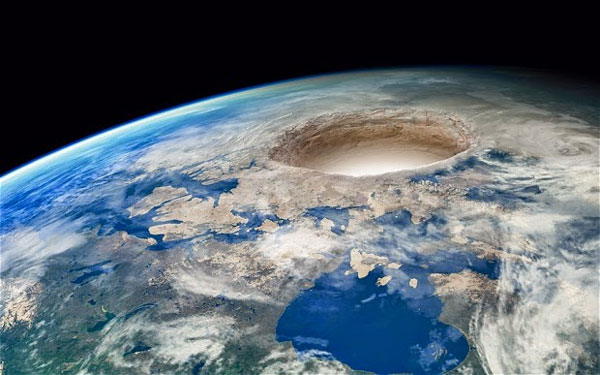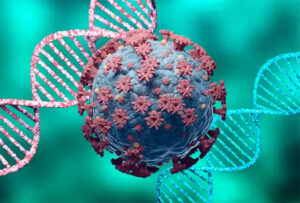
The variety of life on earth is astonishing. As human beings, we thought that we have a special place on this, but we are thinking how proven the thoughts of the living creatures that we are not supposed to be on earth.
It was revealed at the annual US-US physical geological physics meeting held in Washington, December 10-14, about a vast biosphere that was undoubtedly exposed to the knowledge of the world. It is about a world of living creatures that live beneath the ravages of life, from about 5200 scientists from more than 52 countries around the world for nearly ten years.
The Deep Carbon Observatory has been set up to explore the depths of carbon at the depths of the earth, with a large number of fields, including geologists, microbiologists, chemists and physicists. The data has been digested up to five kilometers up to the data collected from the data collected from the data.
According to this information, it has been revealed that in the interior of the earth, a mass of 15 – 23 billion tons of live microbes live. This is about 245 to about 385 times the weight of the entire human race, regardless of the carbon content of mankind. The depth of the Earth’s deep biomass is estimated to be 2 cubic centimeters thick.
The future may be more valuable. Accordingly, at least 7.5 tonnes of dense organisms under the surface of Earth are at least 7.5 tons. Through this biological diversity can be thought of as an unreasonable idea. These living conditions, under extreme pressures and temperatures, are almost entirely made up of bacteria and arches (archaea).
But there are millions of different varieties in them. About 70 percent of the total amount of micro-organisms in the world are made up of microorganisms living on the planet’s surface.
Scientists point out that this discovery is the same as exploration of the Amazon Forest or the exploration of the first half of the Galapagos Islands. The number of occasions to look the inside of the earth ten years ago was very limited. Researchers had to contend with the samples taken during digging for commercial projects like oil well drilling.
But technology has advanced in recent years so that scientists can dig deep for digging deeper into the earth’s surface. Also, the microscopic improvements have also played a major role in revealing the life of this hidden microcosmos. Thus, the samples taken through hundreds of depth drill holes subject to the maximum of five kilometers in the land and in the various continents around the globe have been studied.
They have to draw less energy from their “peer relatives” to help these microbes, which have no sunlight or surface nutrients in the soil, and they need to learn to use that energy with frustrations. Therefore, they do not use that energy, repeatedly copying, or breeding, for breeding or moving. Instead, they use it to repair or repair damaged broken pieces.
According to Professor Karen Lloyd of the Tennessee University in the United States, some of these organisms have been astonishing for thousands of years.
They are metabolically active but not moving. Instead of the active short life cycle of micro-organisms living on the surface of the earth, these organisms spend relatively long life-cycle cycles. Some of these species that live for thousands of years are not moving in any way except in earth’s structures, volcanoes, and earthquakes. Lloyd further says that, given the energy consumption of these creatures, life’s survival is far smaller than the one previously thought.
Scientists have long sought to find answers to the lesser lower limits of life in the earth, what is the maximum pressure, and what the temperature is. But to dig deeper, they find even more life. At present, maximum life expectancy is detected. It is believed that these records will collapse when it comes to more and more advanced devices.
However, in the face of the Earth, the demographics of this bio-world have replaced them with new issues. One of the ways in which the origin of life in the depths of earth took place is that of it. Were these creatures going to the bottom of life on earth? Or did it come out of the deep and gradually come up? Also, these creatures have spread all over the world and a problem has emerged.
How have these beings been uniformly distributed all over the world? For example, how can only the living species be found in the United States and South Africa? Did they separate from one source of origin before they separated the plates? How can they react chemically with these rocks around them? And what is the important source of energy for these vitalities? Are methane, hydrogen, or uranium rock in the earth? How does the environment with high temperature and stress free from nutrients affect the diversity and growth of such organisms? Some scientists believe that our idea of such queries is beginning to suppress the idea of how life began on Earth.
The microcosm that lives in the depths of the earth changes not only our world but other planets. There is a great variety of life-forms, which in such a difficult situation can not save lives on the surface of the Earth, and we have the potential for life where there is no hope for life.
Thus, we can have life on the surface of planets that we have thought so that we can not survive. If so, this find is a moment when a new window on the life of the universe was opened.
dulika



